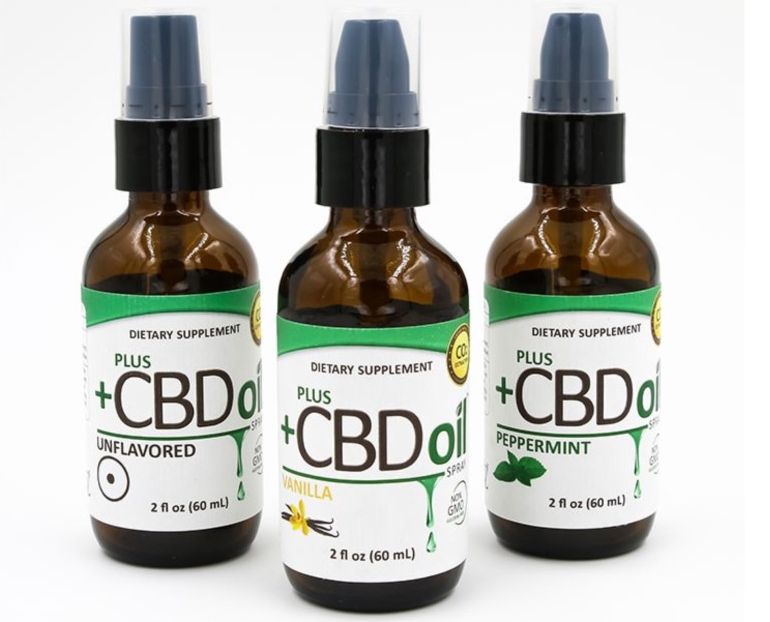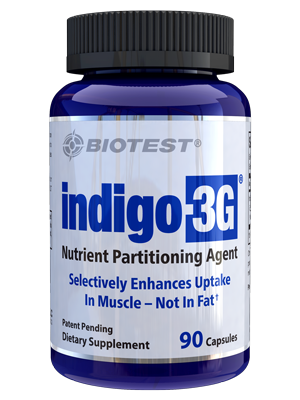In recent years, CBD oil has emerged as a natural remedy with the potential to revolutionize how we manage pain and various other health conditions. But what exactly is CBD, and how does it work its magic? In this article, we’ll delve into the world of CBD, exploring its origins, mechanisms, and role in providing much-needed relief, especially in pain management.
Contents
What is CBD, Anyway?
CBD, short for cannabidiol, is a remarkable compound found within the cannabis plant. It’s important to note that CBD is distinct from marijuana, cannabis, and hemp, as it lacks the psychoactive properties that cause a ‘high’ and is not addictive. In fact, CBD is just one of the many cannabinoids that have been identified in cannabis, with over 85 others currently known to scientists.
The Promise of CBD
CBD has been gaining recognition not as a recreational substance but as a potential therapeutic and pharmaceutical powerhouse. Its list of potential benefits reads like a wish list for those seeking natural remedies: pain relief, relaxation, anxiety relief, and more. But how does CBD actually deliver on these promises?
The Intricate Dance of CBD in Our Body
The secret to CBD’s efficacy lies in its interaction with the endocannabinoid system, a complex network of receptors found throughout our bodies. These receptors, known as cannabinoid (CB) receptors, are present in various areas, including the central and peripheral nervous systems and the brain.
While the exact mechanism by which CBD works is not yet fully understood, researchers have made significant strides in unraveling its mysteries. It’s known that CBD acts as a negative allosteric modulator of the cannabinoid CB1 receptor, a prominent player in our body’s signaling system. The CB1 receptor is the most abundant G-Protein Coupled Receptor (GPCR) in our body, making it a pivotal target for CBD’s effects.
Taking CBD Internally: Your Options
CBD can be administered internally in a variety of ways, catering to different preferences and needs:
- Inhalation: Some users opt to inhale CBD through cannabis smoke or vapor. This method allows for rapid absorption, making it a popular choice for those seeking immediate relief.
- Oral Consumption: CBD-infused products, such as capsules or tinctures, can be ingested orally. This method offers a convenient and discreet way to incorporate CBD into your daily routine.
- Aerosol Spray: Another option is using an aerosol spray, which can be applied directly into the cheek. This method provides a unique delivery mechanism and is favored by those who prefer not to inhale or swallow CBD.
The Importance of Quality
It’s worth noting that the CBD market in the United States is still largely unregulated. This lack of oversight means that the quality and potency of CBD products can vary significantly between brands. As a cautious shopper, looking for high-quality products from reputable sources is essential. When choosing a CBD product, third-party lab testing and adherence to stringent quality standards should be top priorities.
In conclusion, CBD, a non-psychoactive compound derived from the cannabis plant, is emerging as a promising avenue for natural pain relief and a range of other health benefits. While much remains to be discovered about the intricacies of CBD’s workings within our bodies, its potential is undeniable. Whether you’re seeking relaxation, anxiety relief, or CBD oil for pain relief, understanding how CBD interacts with our endocannabinoid system can empower you to make informed choices on your journey to wellness.

Carl Clay is a health blog author who has been writing about nutrition, fitness and healthy living for over 10 years. He also loves to run, hike and bike with her wife.













